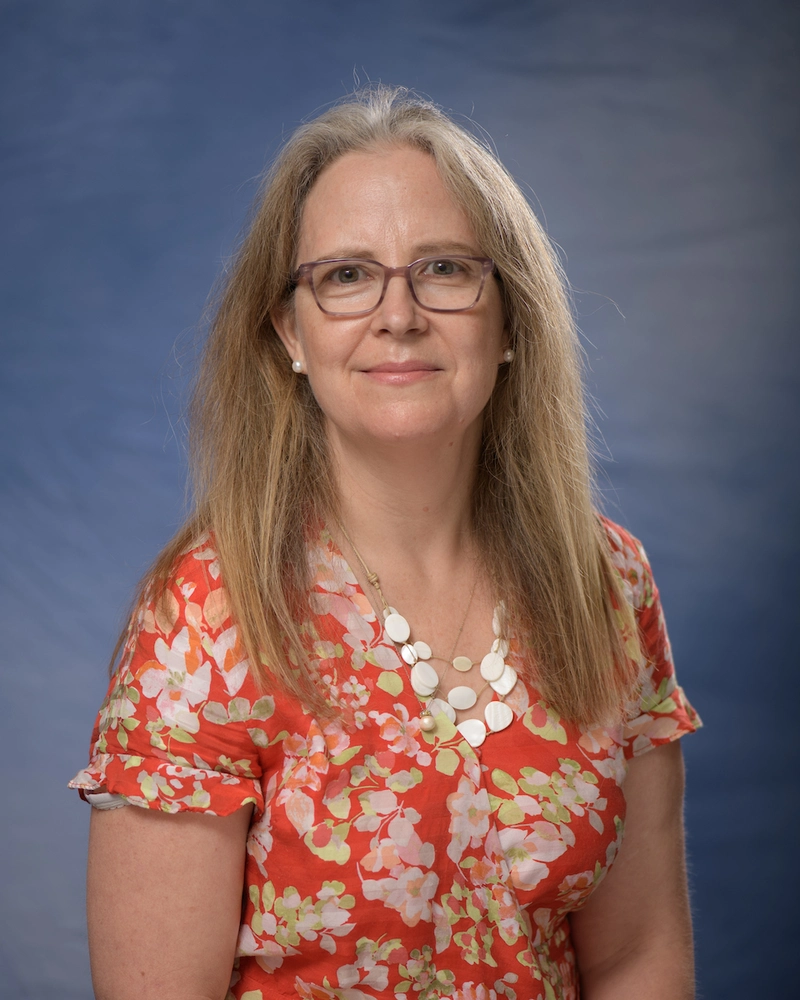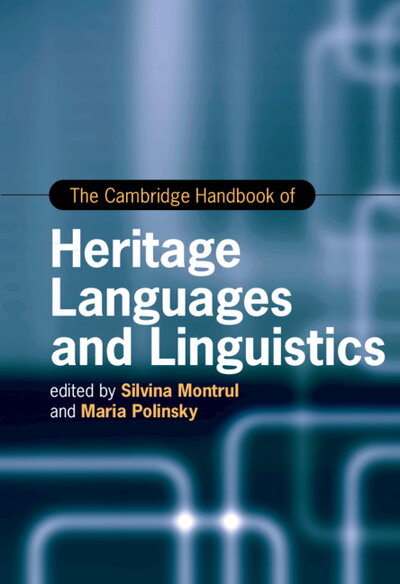
The Cambridge Handbook of Heritage Languages and Linguistics, edited by Spanish & Portuguese and linguistics professor Silvina Montrul, together with University of Maryland professor Maria Polinsky is now available.
This 988 page publication includes chapters by several current and former University of Illinois faculty members and graduate students, including Abdulkafi Albirini, Elabbas Benmamoun, Melissa Bowles, Tania Ionin, Jill Jegerski, Hyun Sook Kan, Itxaso Rodríguez, and James Yoon.
“[It] is fitting given our reputation as a leading institution engaged in research in bilingualism and heritage linguistics,” said Yoon, who serves as head of the Department of Linguistics.

What are heritage languages?
Heritage languages are socio-linguistically minority languages learned in a bilingual environment. They include immigrant languages, aboriginal or indigenous languages and historical minority languages in diverse territories.
Who are heritage language speakers?
Heritage language speakers typically grow up in situations of subtractive bilingualism and have variable degrees of knowledge and command of their heritage language. In the last two decades, heritage languages and their speakers have become a central focus of different areas of linguistic research, from bilingual language acquisition, education and language policies to theoretical linguistics.
What does this Handbook cover?
This Handbook provides a state-of-the-art overview of this emerging area of from different perspectives ranging from theoretical linguistics to language education and pedagogy. The Handbook focuses on issues ranging from individual aspects of heritage language knowledge to broader societal, educational, and policy concerns covering global and international contexts. The Handbook presents comprehensive data on a large variety of heritage languages all over the world.
Q & A with Silvina Montrul
What drew you to heritage languages and linguistics?
What drew me to study heritage languages and heritage speakers I encountered in my own classrooms and in the community was their complex characteristics. I am also the mother of two heritage speakers. When speakers of standard and non-standard national languages migrate and gradually begin to use their language less as they start their life in a new language, their original language shows distinguishing and distinguishable concomitant changes in structure (phonology, morphology, syntax, semantics and pragmatics).
The amount and degree of changes, the focus of many of the studies in this field, vary by grammatical area, by the age of the speaker, by the age of immigration or extensive exposure to the majority language, by the size of the speech community, by the vitality of the language beyond the home, by access to schooling, by attitudes, and by issues related to identity, among other factors.
How did you get involved with this project?
In January of 2017, Helen Barton, linguistics editor from Cambridge University Press, asked me if I was willing to take this enormous project. I took up the challenge and I invited Maria Polinsky to join me as co-editor. She and I are credited for putting heritage languages at the center of linguistics in the early 2000s. Much of the growth in the field has been propelled by growing recognition that the majority of the world population is bilingual and multilingual, yet our theories of language have been strictly concerned with describing the linguistic competence and language use of standard, idealized native speakers.
Another more urgent contributing force to moving heritage languages from the periphery to the center has been the quest for solutions to applied concerns, such as teaching heritage languages in the classroom at the college level and in elementary and high schools. As a result, heritage language teaching and education has also become a central topic in applied linguistics more generally.
The spirit of this volume, and our vision of it, grew from the annual Heritage Language Institutes at the National Heritage Language Resource Center at the University of California, Los Angeles, which started in 2007 and whose main goal has been to bring together scholars from diverse disciplines to discuss the state of heritage languages, heritage language linguistics, and heritage language education from a global perspective.
While different communities of heritage languages and heritage language groups present their own unique characteristics, at the heart of the annual institutes has been the purpose of studying heritage languages on a global scale and focusing on commonalities among heritage languages and cultures.
Dania De La Hoya Rojas